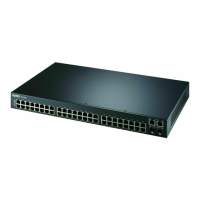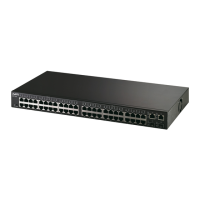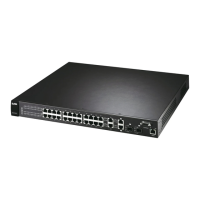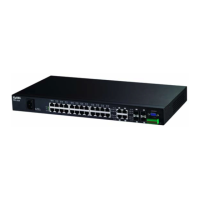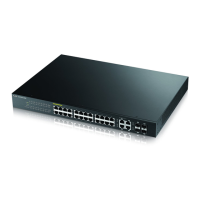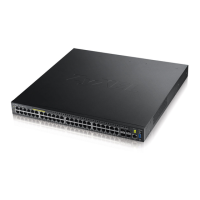What to do if I cannot access the web configurator of my ZyXEL Communications ZyXEL Dimension ES-2048?
- HHolly CollinsJul 31, 2025
If you're having trouble accessing the web configurator, here are a few things to check: * Ensure you're using the correct username ('admin') and default password ('1234'), paying attention to case sensitivity. * If you've forgotten a changed password, upload the default configuration file to restore factory settings, including the password. * Verify that web service access is enabled. * Confirm your computer's IP address matches any configured secured client IP address. * Ensure your computer and the switch are on the same subnet.
